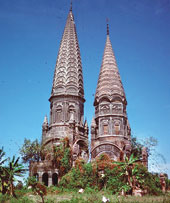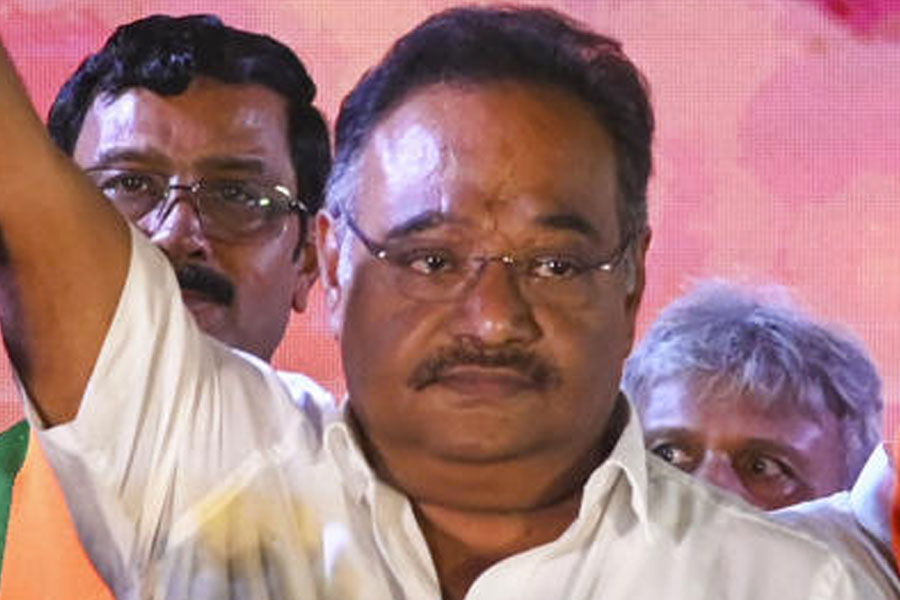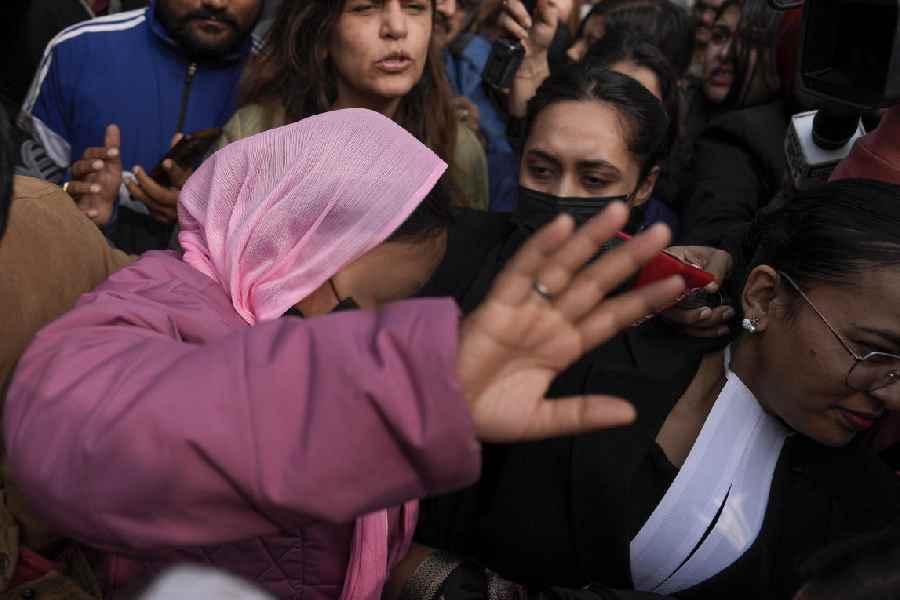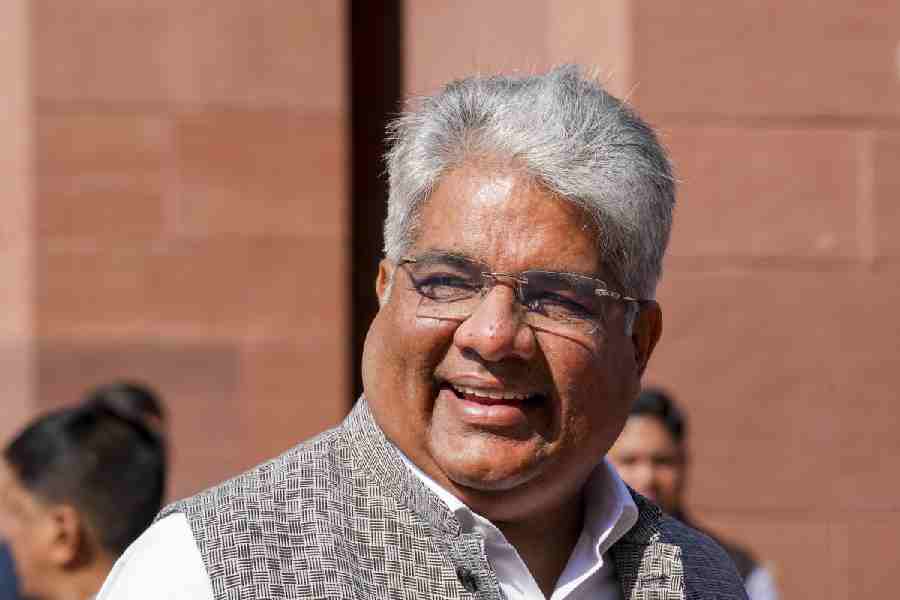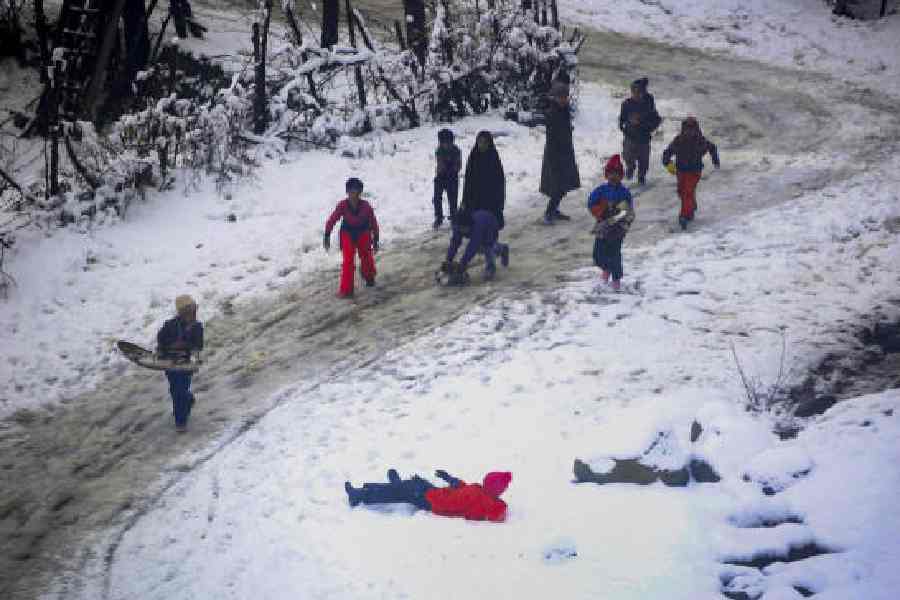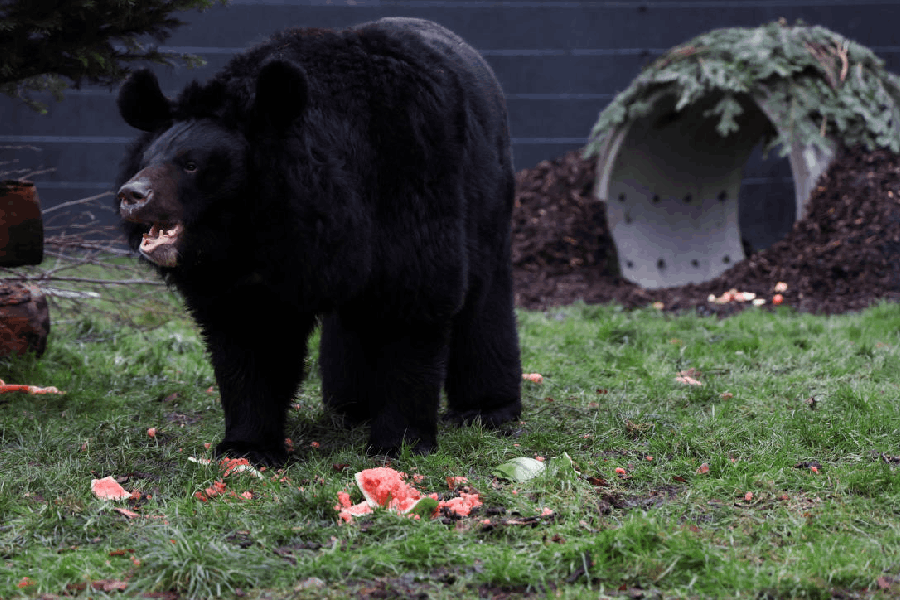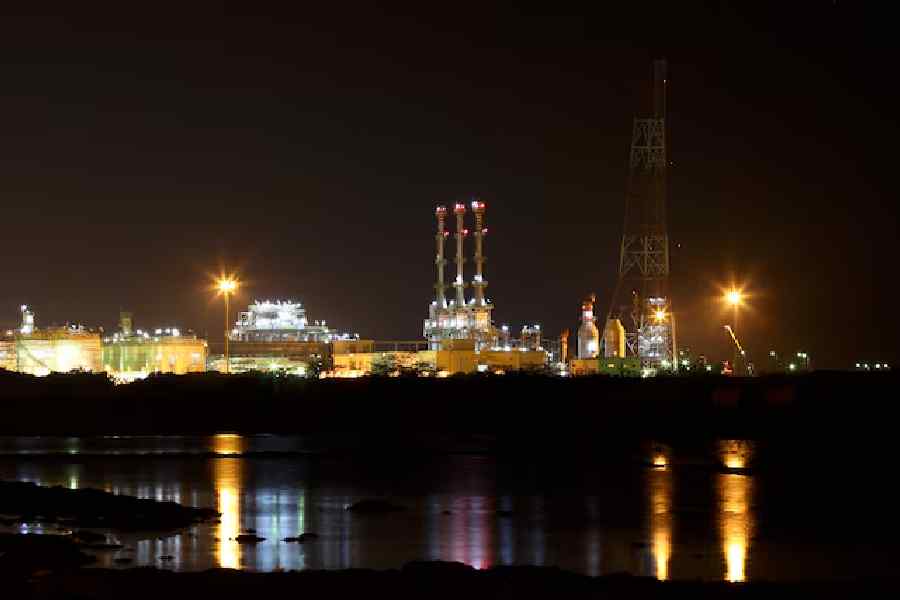 |
 |
 |
 |
| (From top) Shiva-Kali temples in Sonarang; Kantanagar panels; Mahilara Math in Bangladesh. (below) David McCutchion |
 |
Outsiders as much as residents of this city have often manifested a consuming interest in the culture of this state and its capital. When the British ruled the country, some outstanding personalities from the West, who made an immense contribution to further the interest of “natives” and vernacular languages, were William Jones, who established the Asiatic Society, Henry Ferdinand Blochmann, the Orientalist and historian who translated many works like the Ain-i-Akbari, James Prinsep, the Anglo-Indian scholar and antiquary who deciphered the rock edicts of Ashoka, and the missionary William Carey, who set up a printing press in Serampore.
They were men who operated within the colonial framework and are still remembered for their valuable work.
Soon after Independence, there arrived in Bengal a youngish, independent-minded academic from Britain, who, in spite of his pioneering work — a prodigious number of photographs and a series of writings on the terracotta Hindu temples of both West and East Bengal which he travelled extensively, patas, and Indo-Anglian literature, which was in a nascent stage then — is a forgotten name today.
Had David J. McCutchion, who had succumbed to an attack of polio in Calcutta at the early age of 41 on January 12, 1972, been alive today, he would have turned 80 on August 12. His photographic collection amounting to some 20,000 images (colour slides and black-and-white prints) of Bengal temples was bequeathed to the V&A, and apart from scattered essays and letters, a number of which were posthumously published, he has left behind a monograph titled Late Mediaeval Temples of Bengal, which the Asiatic Society took an inordinately long time to publish, a fact he rued in his correspondence. It ultimately saw the light of day in 1972, but only after McCutchion was gone. Writers Workshop published The Temples of Bakura District. There is besides, a vast amount of material on these temples and patas that is a treasure trove yet to be explored.
Two men who often accompanied McCutchion on his tireless and unremitting quest were Tarapada Santra and Hitesranjan Sanyal, both of whom continued their research on Bengal’s built heritage and folk culture till their death. Both Sanyal and Santra addressed him as “Davidbabu”, a name not unsuited to a man who lived like a hermit and dressed at home like any middle-class Bengali in crushed pyjamas and bush shirt.
They and friends like Professor P. Lal and many others have left behind accounts of their association with the man who was born in Coventry in the UK and went to King Henry VII Grammar School (“a scholarship boy”) in this city in the West Midlands.
After 18 months of military service between 1949-50, he passed out from Jesus College, Cambridge, with BA honours (Class II/I) in the Modern Language Tripos (French and German) in 1953, and in 1957 got an MA degree from the same university. He studied under F.R. Leavis and was “proud of this and tremendously respectful to his guru…”
In 2002, George Michell, who had edited a book titled Brick Temples of Bengal from McCutchion’s archives, had held a slide show of his colour transparencies at Victoria Memorial Hall, some of them of very high quality. Michell has allowed us the use of four those images of temples from Bangladesh that look amazingly like a cross between the spires of Gothic churches and Petronas Towers in Malaysia.
McCutchion taught English in French schools in the south of France, and after sojourning with his parents, he joined Visva-Bharati University as lecturer in English in 1957, when Sudhin Ghosh, a London-based scholar, had taken over as the head of the university’s English department on the invitation of Professor Satyen Bose.
In 1960 he moved to Calcutta and joined Jadavpur University as lecturer in comparative literature, and in 1964 he was promoted to the post of Reader, and thus began the most active period of his short life. Here he met Santra, whose help he sought to decipher and interpret the plaques in terracotta temples.
P. Lal in his essay David-Kaka, published in a collection of McCutchion’s letters, describes his first encounter with the former in 1959 at an All-India Writers’ Conference held in Madras and how the Scotsman made light of the way his name was pronounced and did not spare others as well. “…he was sweet (that sounds like an odd word to apply to a brilliant, fastidious scholar, but it fits); he was obliging to a fault.” This led to McCutchion’s life-long association with P. Lal’s Writers Workshop that developed into his corpus of critical texts on Indian writing in English that included an essay of 1962 titled The Novel as Sastra, a study of Raja Rao.
From Shraddhanjali — a volume of homage from Indian and foreign friends and admirers of McCutchion — we get an impression of the high esteem in which this man of varied interests was held by people from different fields — from Satyajit Ray, with their shared love of Western classical music, and Lila Ray, the American wife of litterateur Annada Sankar Ray, to academics Ashin and Uma Das Gupta and Amiya Bose, in whose house at 4 Nundy Street, he lived as a paying guest.
“Sweet” as he was, McCutchion’s prickly side was manifested in his barbed comments on “Ballygunjian” folk music, the indiscriminate manner in which a leading industrial house whitewashed old temples in the name of restoration, and the persecution of “Biharis” in what was then East Pakistan.
McCutchion’s letters to his student, Suhrid Bhowmik, who works on tribal languages and Santali, vouch for his dedication to the point of obsession, his meticulousness about the measurements of temples, and the demonic energy with which he documented terracotta shrines through images and writings, ignoring inhospitable weather, terrain and dysentery, the bane of all “sahibs”, that finally took their toll.
In his tribute to David McCutchion, Hitesranjan Sanyal had made an assessment of his exhaustive documentation of terracotta temples: “When David McCutchion started his work on Bengal temples there was not much information on them…. But the countless temples that were constructed all over Bengal between 15th century and early 20th century had not attracted much attention.… The material he collected is a huge repository of information — a data bank.”
David McCutchion was buried in Bhowanipore cemetery. His grave lies neglected.

